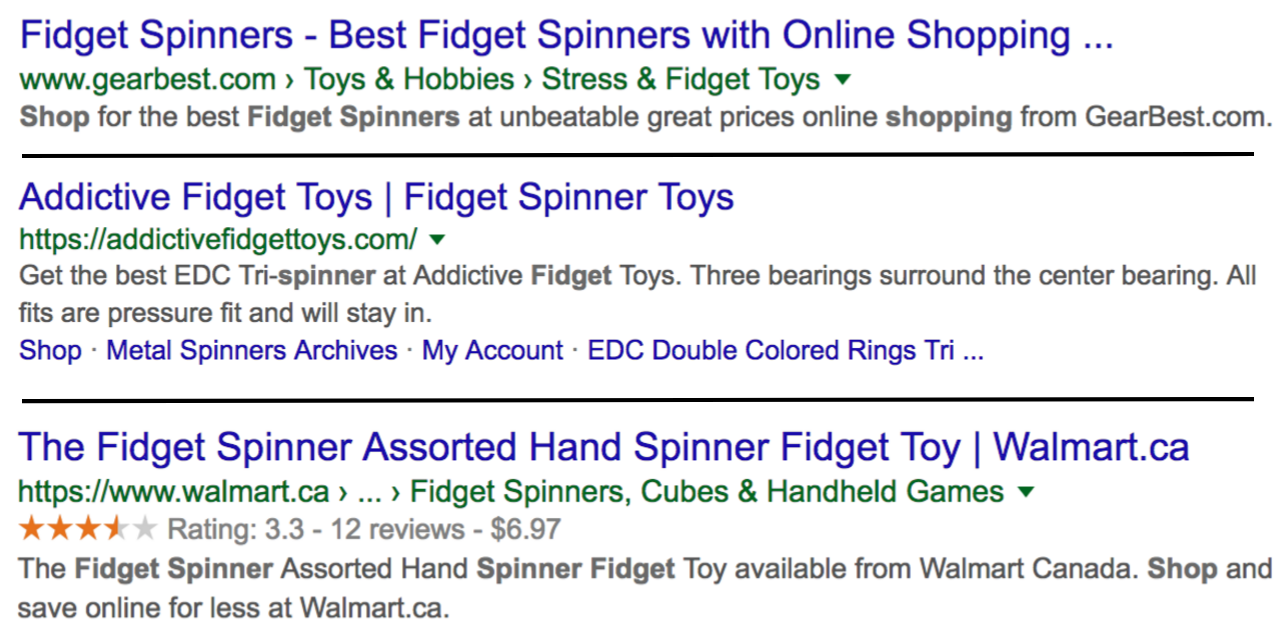Tone & voice: crafting content that fits your brand
One of the most challenging things I've faced with my new role on Clearbit's Growth team is understanding our brand, and how that fits into the content we produce.
Coming into the role, I was pretty confident with my understanding of email marketing. I knew how to structure a campaign, and even wrote about it in terms of creating a nurture funnel and writing content for various purposes.
What I lacked, however, was an understanding of the importance of a company's brand, and how this ties into the content you produce. This is a very large topic, so I'll be focusing primarily on email marketing & email content in this post.
Separating company tone and personal tone
As a liberal arts student, I spent a good chunk of my college career consuming content and writing essays. Unfortunately, the tone of an academic paper on the intersection between indigenous and formal economies in Egypt doesn't translate too well to that an outbound campaign for marketers that use Salesforce.
Your company's brand and voice are naturally going to be very different from your own. Being a startup, our tone is very fun and casual. In a lot of ways, our content sounds a lot like a professional conversation between two friends compared to an expert lecturing a student on a complicated topic.
For example, compare the two sentences below that talk about Clearbit:
“We’re really passionate about good data. Even after our system verifies a record, we have a dedicated team that checks to make sure it’s correct. Now that’s data you can count on!”
“Our data is industry-leading. Our system first parses through the contents of a record, then a dedicated quality assurance team verifies that the record is correct.”
Both sentences are correct and address the validity of Clearbit data, but the first one embodies our brand a lot more than the second. Besides being more legible, the first sentence also conveys a tone of care and attention to the product, which can translate to a customer feeling more comfortable with a sensitive topic like data management. The second phrase sounds automated and robotic, which is not the best impression for a data company.
Nobody likes a computer
Automated emails are a hit or miss — if it sounds like a human wrote it, there's a good chance that the recipient will react and respond. If not, it'll probably be deleted immediately.
While larger companies and smaller companies may differ in tone, they both understand that content needs to appear human. That means ensuring that any attempts at a mail merge are seamless, and the flow of the email is natural. Choppy sentences or obvious substitutions based on industry, role, etc, will backfire.
At Clearbit, we dogfood by including a lot of the data we return to our clients in our marketing efforts. That also means that the Liquid in an email template can get quite extensive, and needs to be flawless when sent.
An email that references the wrong name of a recipient, or has a poor fallback, will be recognized immediately as automated. Hence, we extensively test our emails before any of them go live.
Marketing vs Sales
The last piece to content tone is whether it is designed as a marketing campaign or a sales campaign. The two have very different purposes, and need to be built accordingly.
A marketing email is often designed to qualify a lead for the sales team, and can have a broader scope of CTAs and reactions than a sales email. The email may be designed to get the recipient to click a link, or complete a conversion (i.e. signup for the product). This means that there is a lot more freedom with design (compared to plain text) and the contents of the email can be a lot more liberal (GIFs, use of bold, etc).
In contrast, a sales email is generally designed to get the prospect to respond back and schedule a meeting with the sales rep. This means it should not appear to have any aspect of automation or appear generic, as these emails are meant to be sent on a 1:1 basis. Often the prospect is already qualified, so the opening hook could be very specific (i.e. based on the technology they use) or a trigger that has already been completed (i.e. visiting the pricing page).
See two examples of emails below (signatures removed), and pick which is a marketing email and which is a sales email:
First Email
Second Email
The former is a sales email: having plain text, and having a specific ask at the end. The latter is a marketing email: it includes an image, has a more relaxed tone, and the CTA is to click a link opposed to reply back. Since marketing emails are generally sent in mass (i.e. 2,000 recipients), the goal of getting a response is actually discouraged, whereas a sales campaign is the exact opposite.
Conclusion
A good email campaign can take a dedicated 1-2 hours to crank out, even if it's only 1 or 2 emails in length. At larger organizations, this can include passing it by multiple teams for input and approval. A sales campaign that targets 200 qualified prospects with an ACV of $200,000 could be extremely costly if executed poorly.
Tone that matches your brand is incredibly important, and can ultimately make or break whether you have a high engagement rate or get sent directly to the spam folder.





























































